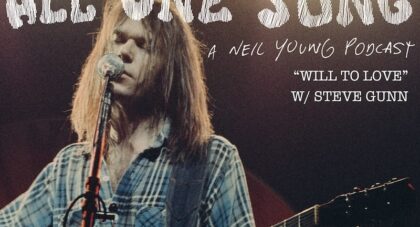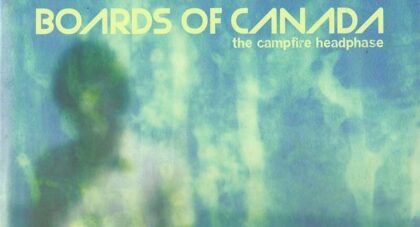Now a decade into their career, Tucson's Calexico continue to cull their sound from the surrounding deserts. Just as their name implies, that sound is equally rooted in California and Mexico - border-hopping back and forth - absorbing whichever styles that happen to be pulled in by their ever-widening wake. 2006's Garden Ruin was greeted with equal parts exuberance and . . .
Only the good shit. Aquarium Drunkard is powered by its patrons. Keep the servers humming and help us continue doing it by pledging your support.
To continue reading, become a member or log in.


